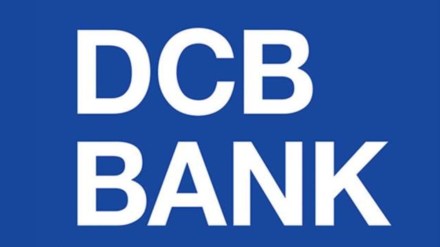DCB Bank will likely re-launch secured credit card by the end of December, managing director and chief executive officer Murali Natrajan has said.
However, the bank does not have any immediate plans to launch traditional credit cards.
“It takes a long time to break even in the credit card business. We would rather concentrate our resources on the businesses that we are doing,” he said.
The features of a secured credit card are similar to a traditional credit card. But, these secured cards are collateralised, meaning that they are offered against a fixed deposit.
A secured credit card is especially popular with self-employed customers who do may not necessarily be eligible for a traditional credit card.
“Secured credit cards used to do very well pre-Covid. Now, we are taking some time with testing as we need to upgrade the technology,” he said, adding that these cards will be sold through the bank’s branches, and the bank does not plan to do any “above the line” marketing for this product.
For instance, the bank offers DCB Payless credit card, a secured credit card.
The bank’s advances rose 19.1% year-on-year (y-o-y) to Rs 37,276 crore as on September 30. Net interest margin fell to 3.69% in July-September from 3.88% a year ago. Going ahead, the bank intends to maintain a margin of 3.65-3.75%.
“Now that the business situation has improved post Covid, our intention is to concentrate more on business loans and less on home loans. That will give us slightly better margins on the overall portfolio,” he said.
Around 44% of the bank’s loan book is comprised of mortgage loans, and nearly 24% of the book is comprised of agriculture and inclusive banking.
Apart from business loans, Natrajan feels that mortgage loans, Kisan credit card, tractor loans, micro-finance loans will drive the bank’s asset growth. Additionally, the bank’s co-lending book is expected to grow at 20% per annum.
While the bank currently operates in the microfinance segment through business correspondents, it is open to strategic opportunities going ahead.
On the liability front, the bank will focus on accumulating retail term deposits and low-cost current account savings account (CASA) deposits.
Current account savings account (CASA) ratio fell to 25.04% as on September 30 from 29.3% a year ago, in line with the trend in the overall banking industry.
“We are redirecting some of the existing branches to CASA. Secondly, we continue to have innovative products in CASA like cash-back and we have differentiated pricing on various buckets,” he said adding that these steps should initially stabilise the CASA and then help grow it over a period of time.
